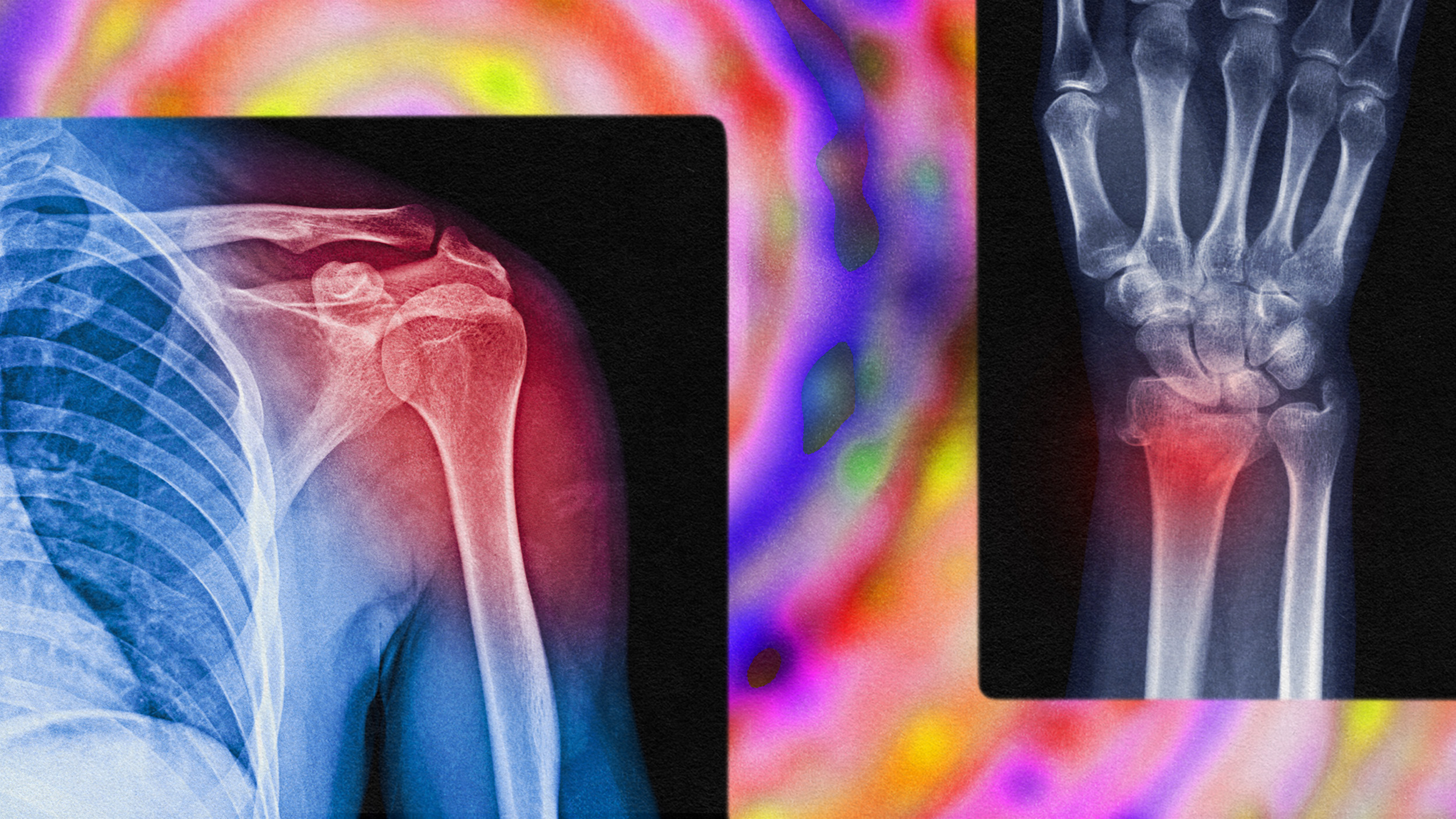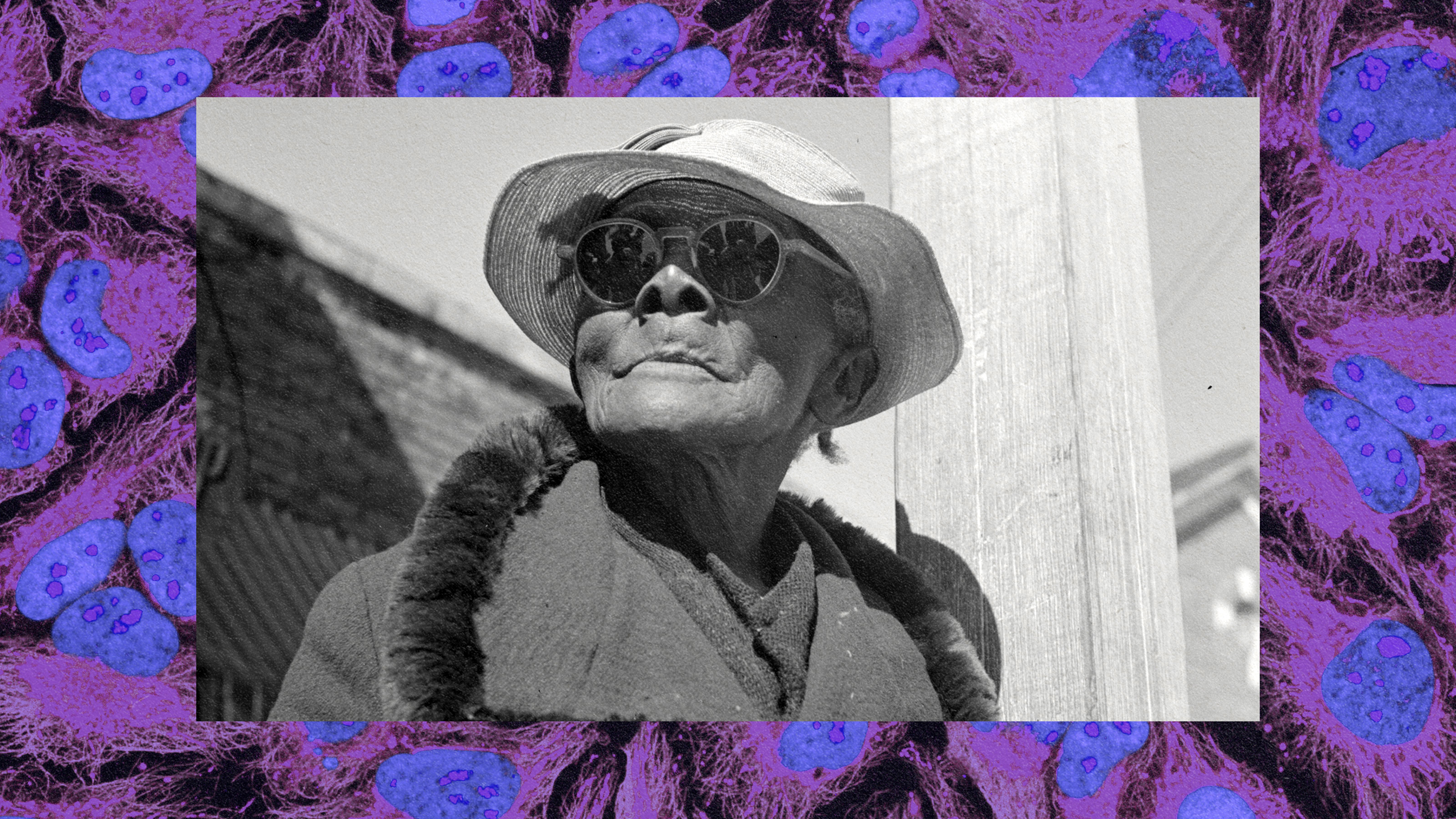A breakthrough in chronic pain relief

Photo by Jesper Aggergaard on Unsplash
Pain is all in your head—specifically, your nervous system. We all know about acute pain. Stub your toe or place your hand on a hot stove and the signals to your brain are immediate.
Interestingly, a small group of people suffer from congenital analgesia—they never feel pain. While this might sound nice, this condition means you’re more likely to die because you can’t tell when your body needs attention. Burn injuries are more common. People who suffer from this also tend to partake in more extreme sports, which also increases their risk of death.
Pain is a signal that something is wrong. Sometimes this system is thwarted in the opposite direction as well. Chronic pain results due to inflammation or dysfunctional nerves. An estimated 7-10 percent of the world’s population suffers from this condition, with over three million cases in the US every year. While a few treatments could alleviate chronic pain—cognitive behavioral therapy, biofeedback, massage, mindfulness meditation, or electrical stimulation—there is currently no cure.
How Meditation Can Manage Chronic Pain and Stress | Daniel Goleman
A new study at the University of Copenhagen might have uncovered a breakthrough in chronic pain relief. Published in the journal EMBO Molecular Medicine, researchers achieved complete pain relief in a group of mice by using a compound, Tat-P4-(C5)2, that was produced after a decade of development.
According to the team, this peptide only targets dysfunctional nerves causing the pain. In previous studies the team discovered it also helps reduce addiction. These two uses are not separate: chronic pain often leads to opioid addiction. By reducing pain, dependency on pain relievers may also be reduced.
So far, co-author Kenneth L. Madsen, Associate Professor at the Department of Neuroscience in Copenhagen, says there have been no side effects. Pain medicine often results in lethargic states, a condition not observed in the mice. Madsen hopes to turn this discovery into a business model.
“Now, our next step is to work towards testing the treatment on people. The goal, for us, is to develop a drug, therefore the plan is to establish a biotech company as soon as possible so we can focus on this.”

Oxycodone pain pills prescribed for a patient with chronic pain lie on display on March 23, 2016 in Norwich, CT. On March 15, the U.S. Centers for Disease Control (CDC), announced guidelines for doctors to reduce the amount of opioid painkillers prescribed, in an effort to curb the epidemic.
Photo by John Moore/Getty Images
Chronic pain is most often prevalent in the back, muscles, bones, neck, joints, and face. Associated problems include headache, sleeping problems, fatigue, and anxiety. It has been known to last anywhere from weeks to years. Other factors that lead to chronic pain include diabetes and psychological factors, such as anxiety or depression.
Self-care treatments include regular physical exercise, stress management techniques, and relaxation. A combination of cardiovascular exercise, strength training, yoga, and meditation can help mitigate chronic pain. Of course, depending on pain location and severity, some of these interventions might not be tenable.
Besides the above treatments, there are pharmaceutical interventions, such as analgesics and narcotics. The problem, as the researchers note, is the addiction that follows. These drugs do not cure the problem. They only mask symptoms. Long-term side effects sometimes turn out worse than the pain itself.
Human trials will be next in the development of this peptide. There is always the possibility that it reacts differently in humans. Still, this is a positive step forward that could help millions of people find relief from one of the most frustrating and debilitating conditions known.
—
Stay in touch with Derek on Twitter and Facebook. His next book is “Hero’s Dose: The Case For Psychedelics in Ritual and Therapy.”





